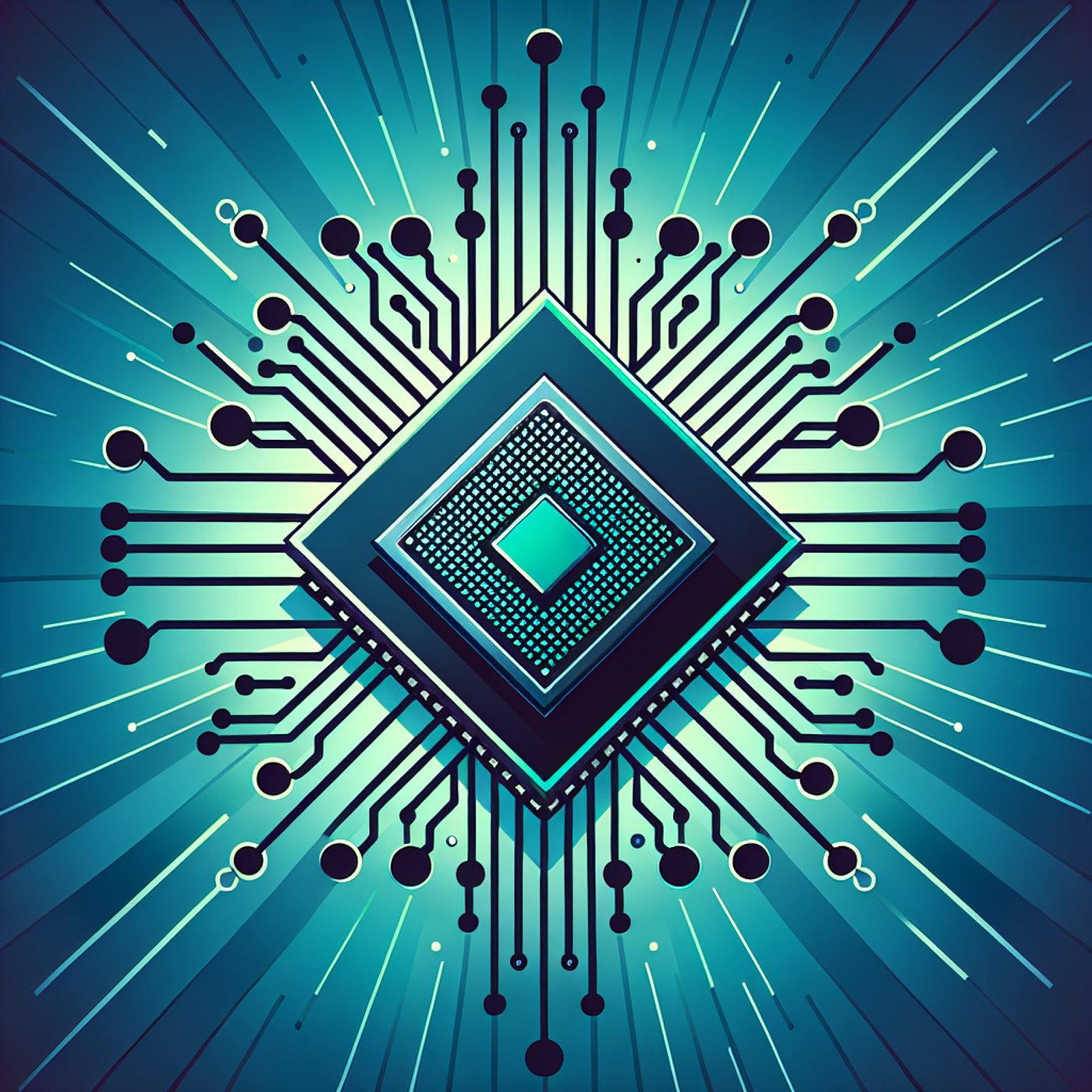
Mastering GPUs for Machine Learning Success
Description
In this episode, we delve into the intricate world of Graphics Processing Units (GPUs), particularly NVIDIA's latest offerings, and explore their pivotal role in machine learning and large language models (LLMs). Our expert guest breaks down how GPUs function, highlighting their parallel processing capabilities that make them ideal for handling complex calculations. We compare GPUs with Tensor Processing Units (TPUs), discussing the trade-offs between flexibility and specialization in model training. Additionally, we uncover effective strategies for scaling models on GPUs, including data and tensor parallelism. Whether you're a tech enthusiast or a seasoned machine learning practitioner, this episode offers invaluable insights into optimizing GPU usage for enhanced model performance.
Show Notes
## Key Takeaways
1. GPUs excel in parallel processing, making them efficient for machine learning tasks.
2. Compared to TPUs, GPUs offer greater flexibility but may sacrifice some optimization for specific tasks.
3. Effective model scaling techniques include data parallelism and tensor parallelism.
## Topics Discussed
- Understanding GPU architecture
- Comparison of GPUs and TPUs
- Collective operations in GPU processing
- Strategies for scaling machine learning models
Topics
Transcript
Host
Welcome back to our podcast! Today, we're diving into the fascinating world of GPUs, specifically NVIDIA GPUs, and how they compare to TPUs. This is an essential topic for anyone interested in machine learning or large language models. Joining us is our expert, who will help us understand these complex concepts in a simpler way. Welcome!
Expert
Thanks for having me! I'm excited to talk about GPUs and their role in machine learning.
Host
Let's start with the basics. What exactly is a GPU, and how does it function in the context of machine learning?
Expert
Great question! A GPU, or Graphics Processing Unit, is primarily designed for handling complex calculations, especially those involving graphics. In machine learning, a modern GPU, like the H100, consists of many compute cores that excel at matrix multiplication, which is crucial for training models.
Host
So, it’s like having a team of workers who specialize in a specific task? How do these cores work together?
Expert
Exactly! Each core can perform its own task simultaneously, which is fantastic for parallel processing. They’re connected to high-speed memory, enabling them to share data quickly. This parallel structure allows GPUs to handle multiple operations at once, making them very efficient for training large models.
Host
Interesting! And how do GPUs compare to TPUs, which are also popular for machine learning?
Expert
Great point. While TPUs, or Tensor Processing Units, are specifically designed for tensor operations—matrix computations essential for neural networks—GPUs offer more flexibility with their architecture. For instance, an H100 GPU has over 100 Streaming Multiprocessors, each capable of executing its operations, while TPUs have fewer but are optimized for specific tasks.
Host
So, it’s a trade-off between flexibility and specialization. Can you explain how GPUs handle tasks like collective operations?
Expert
Sure! Collective operations involve multiple GPUs working together to process data. Intra-node collectives happen within a single GPU node, while cross-node collectives involve multiple nodes. Think of it like a team relay race where each runner has to pass the baton efficiently to ensure the race goes smoothly.
Host
That’s a great analogy! Now, when we talk about scaling models on GPUs, what strategies come into play?
Expert
When scaling models, we can use techniques like data parallelism, where different GPUs process different batches of data simultaneously, or tensor parallelism, where the model itself is split across multiple GPUs. This allows us to tackle larger datasets and more complex models.
Host
This sounds a bit complex, but it seems like these strategies help make the most of the GPU’s capabilities.
Expert
Exactly! By understanding how GPUs work and how to scale efficiently, we can significantly improve our model's training times and performance.
Host
That’s fantastic insight! Thank you for breaking down such a complex topic. Any final thoughts for our listeners?
Expert
Just that understanding the strengths of both GPUs and TPUs can help make the right choice for your machine learning projects. Thank you for having me!
Host
Thank you for joining us today, and for everyone listening, remember to check out the chapters linked in our description for more in-depth information. Until next time!
Create Your Own Podcast Library
Sign up to save articles and build your personalized podcast feed.